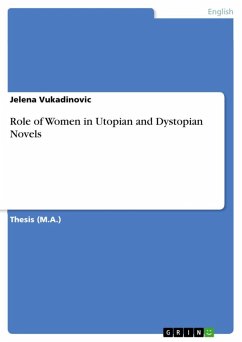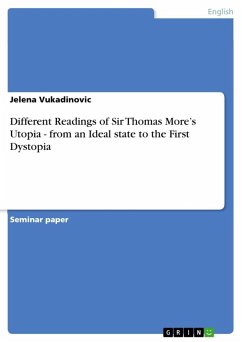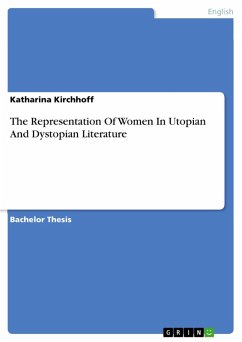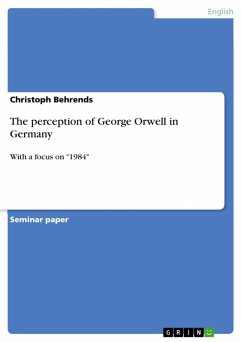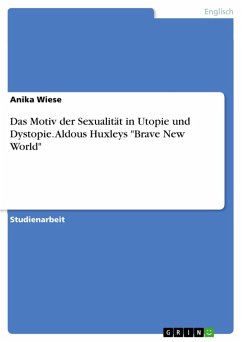Thesis (M.A.) from the year 2009 in the subject English Language and Literature Studies - Literature, grade: 1,7, RWTH Aachen University, language: English, abstract: Being a great lover of mythological tales since childhood, I have early discovered that certain traits and patterns of behaviour were usually ascribed to certain gender roles. Yet even within the roles of the respective genders, considerable differences were to be found. Those who shared many characteristics tended to end in similar ways. Strong and capable Penthesilea ends dead on the battlefield of Troy and her corpse is raped by Achilles. Atalanta, who beats male heroes in great adventures is tricked into marriage against her will, by an offended goddess and a man who is not her equal. Helen's beauty has the power to launch thousand ships. Yet Helen herself is only a toy for men and gods. Penelope sits and weaves for twenty years waiting for her husband to return from a Trojan war while he is pursued and seduced by enchantresses. The more I read, in mythology and other fiction, the more often I discovered some endlessly repeating characteristics and patterns of behaviour of diverse roles. During my studies I became very interested in gender roles in Anglo-American literature, again particularly in those of female characters. Female roles in literature were always the more interesting to me when read from the background of the historical period in which they were created. Some of those fictional characters reflected the roles women were expected to fill at that particular age and geographical area. Others again were bad examples and warnings of what happens to women who do not fit into socially accepted roles. Once in a while a heroine would rise above the expected roles yet in the end she would return to the domestic area in which she was expected to be, or she would be destroyed. Of course there were always exceptions. Yet the first permanent and recognisable change of such roles in literature becomes obvious at the turn from the 19th to the 20th century. It is no coincidence that the same time in history marks the rise of the women's liberation and suffrage movement with sweeping changes occurring in many issues of gender and social class. For the next hundred years, the roles and characteristics of women in literature underwent a greater change than in all previous centuries put together.
Dieser Download kann aus rechtlichen Gründen nur mit Rechnungsadresse in A, B, BG, CY, CZ, D, DK, EW, E, FIN, F, GR, HR, H, IRL, I, LT, L, LR, M, NL, PL, P, R, S, SLO, SK ausgeliefert werden.

